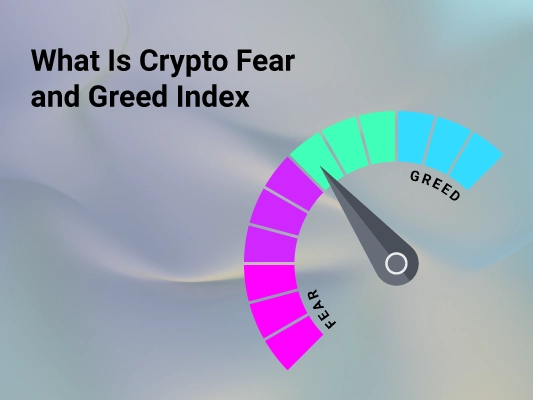[ad_1]
BERKELEY, California – Europe’s economy is finely poised between recession and growth. The knife edge is sharp because European policymakers have exactly zero control over the outcome.
Before Russian President Vladimir Putin’s attack on Ukraine, Europe’s recovery from the damage wrought by the COVID-19 pandemic was solidifying. Industrial production rose in January and retail trade rebounded. Economic sentiment improved in the first half of February, surpassing pre-pandemic levels. But then the war dented consumer confidence by heightening uncertainty and raising energy and commodity prices. In mid-March, the European Commission’s consumer confidence indicator fell to its lowest level since the start of the pandemic.
So far, however, the data show only a mild softening of demand and limited disruptions to supply. They signal nothing remotely resembling the collapse in activity that accompanied 2020-21 pandemic lockdowns. The OECD’s weekly tracker of economic activity, which uses machine learning and Google Trends data to infer real-time changes, similarly points to only a mild slowdown. Box office receipts are stable. Restaurant receipts are stable. Data from the navigation service TomTom do not suggest much decline in mobility-related activity.
In response to the war and energy shock, the European Central Bank, appropriately, has downgraded its forecast for eurozone growth in 2022 from 4.3% to somewhere in the 2.3% to 3.7% range, depending on what happens to oil and gas prices. Nonetheless, even its “severe scenario” of sustained high energy prices still anticipates above-trend growth in 2022.
More costly energy will no doubt be a drag on growth. But if Russian gas continues to flow, higher prices will not bake in a recession. Inevitably, profits will be squeezed by more expensive inputs. Even so, European producers can take steps to economize on energy use and keep the wheels turning.
But using less gas is one thing; using none at all is quite another. In the latter scenario, gas-powered factories won’t be economizing; they will be shutting down. Over time, U.S. natural gas can be substituted. But Germany has no liquefied natural gas terminals and will need the rest of 2022 to install its first floating LNG terminal — a converted supertanker — even if all goes according to plan. In the meantime, German gas consumption will fall by 30%-40%. Even assuming that the monetary and fiscal authorities respond forcefully to prevent second-round business-cycle effects, this could drive German growth in 2022 from 1.8%, the most recent forecast of the German Government Council of Economic Advisers, into negative, recessionary territory.
And here Europe’s lack of control comes into play. Whether gas supplies are suspended further, as they have been with Poland and Bulgaria, depends entirely on Putin, who could decide to terminate even more shipments in retaliation against Western sanctions. He may need the revenues, but this would not be the first time that anger and pride trumped economic logic. If the West makes payments not to Gazprombank but into escrow accounts, Putin will lose his last remaining incentive to keep the gas flowing. He knows that those accounts will ultimately be used to finance Ukrainian reconstruction rather than topping up Russian government coffers.
Above all, if Putin allows his army to continue committing atrocities against Ukrainian civilians, Western European publics and policymakers will unite against him. Given their country’s history, Germans will not be able to sit back comfortably, in homes heated by Russian gas, in the face of this monstrous behavior. If Chancellor Olaf Scholz won’t lead, then other members of his coalition, such as Defense Minister Christine Lambrecht, almost certainly will step in. And at some point, the German people will drag Scholz along with them. Whether it comes to this depends on Putin’s next steps.
It is easy for an American, heated by natural gas from Texas and the Dakotas, to say that Europe should endure a recession in order to ratchet up the pressure on Putin. But if President Joe Biden’s administration and the U.S. Congress think it crucial to intensify the pressure on Russia, then they can make it worth Europe’s while.
Europe will take the lead in Ukraine’s postwar reconstruction. The logistics are easier. Ukraine is in Europe’s neighborhood, as Ukrainian President Volodymyr Zelenskyy reminds us. The European Union can deploy its cohesion funds, trans-European transport and other infrastructure projects and common energy policy even without — or preferably before — admitting Ukraine.
But if Europe is the logical party to do the legwork and administer the aid, then the United States can provide the bulk of the finance, beyond that portion financed by escrow accounts and Russia’s other external assets. This will be an appropriate humanitarian gesture once the war is over. But a U.S. commitment now to compensate Europe for the steps it must take, starting with a ban on imports of Russian oil and gas, is also a way to incentivize it to help bring the war to an early end.
Barry Eichengreen, Professor of Economics at the University of California, Berkeley, is the author, most recently, of In Defense of Public Debt (Oxford University Press, 2021). Project Syndicate, 2022
In a time of both misinformation and too much information, quality journalism is more crucial than ever.
By subscribing, you can help us get the story right.
SUBSCRIBE NOW
[ad_2]
Source link






















